A Resilience Charter
Emergency Planning
MARCH 23, 2022
Safety’ refers to protection against major hazards such as storms, floods and industrial explosions. National, regional and local authority emergency plans should be complemented by compatible emergency plans for hospitals, health systems, dangerous manufacturing sites, airports, cultural heritage sites and other key installations.


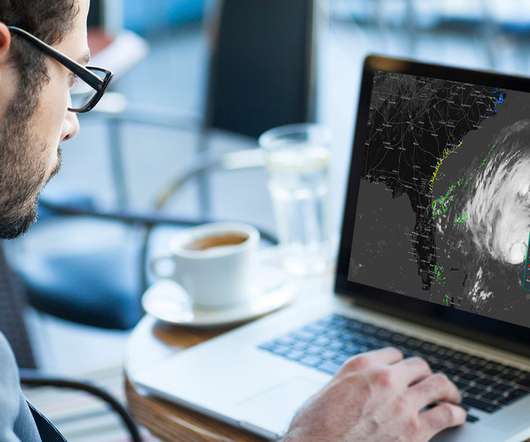

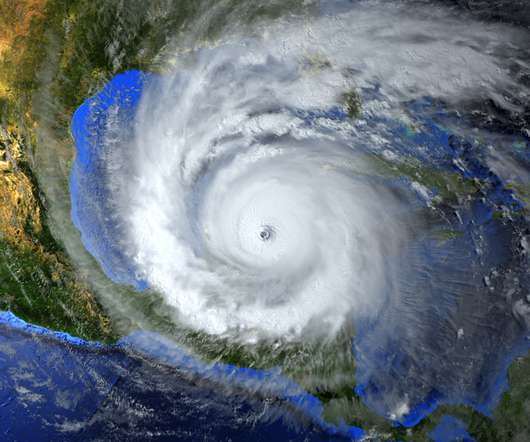
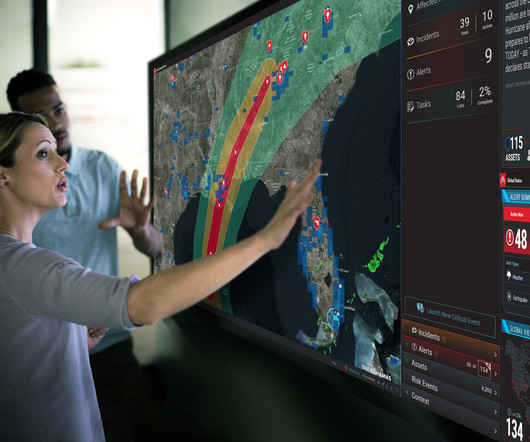




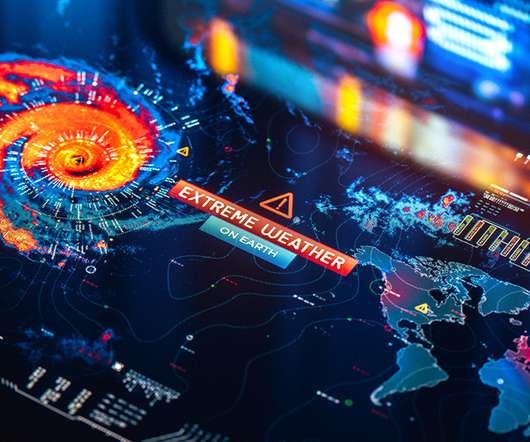











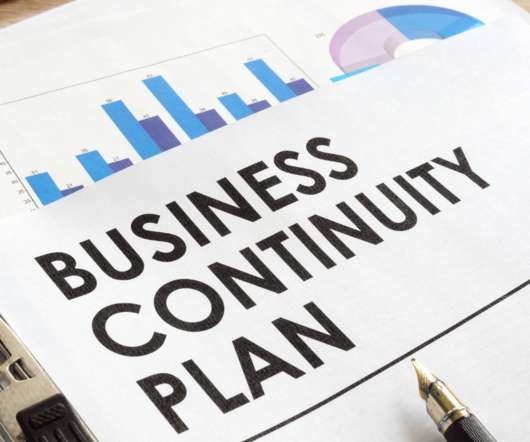






Let's personalize your content